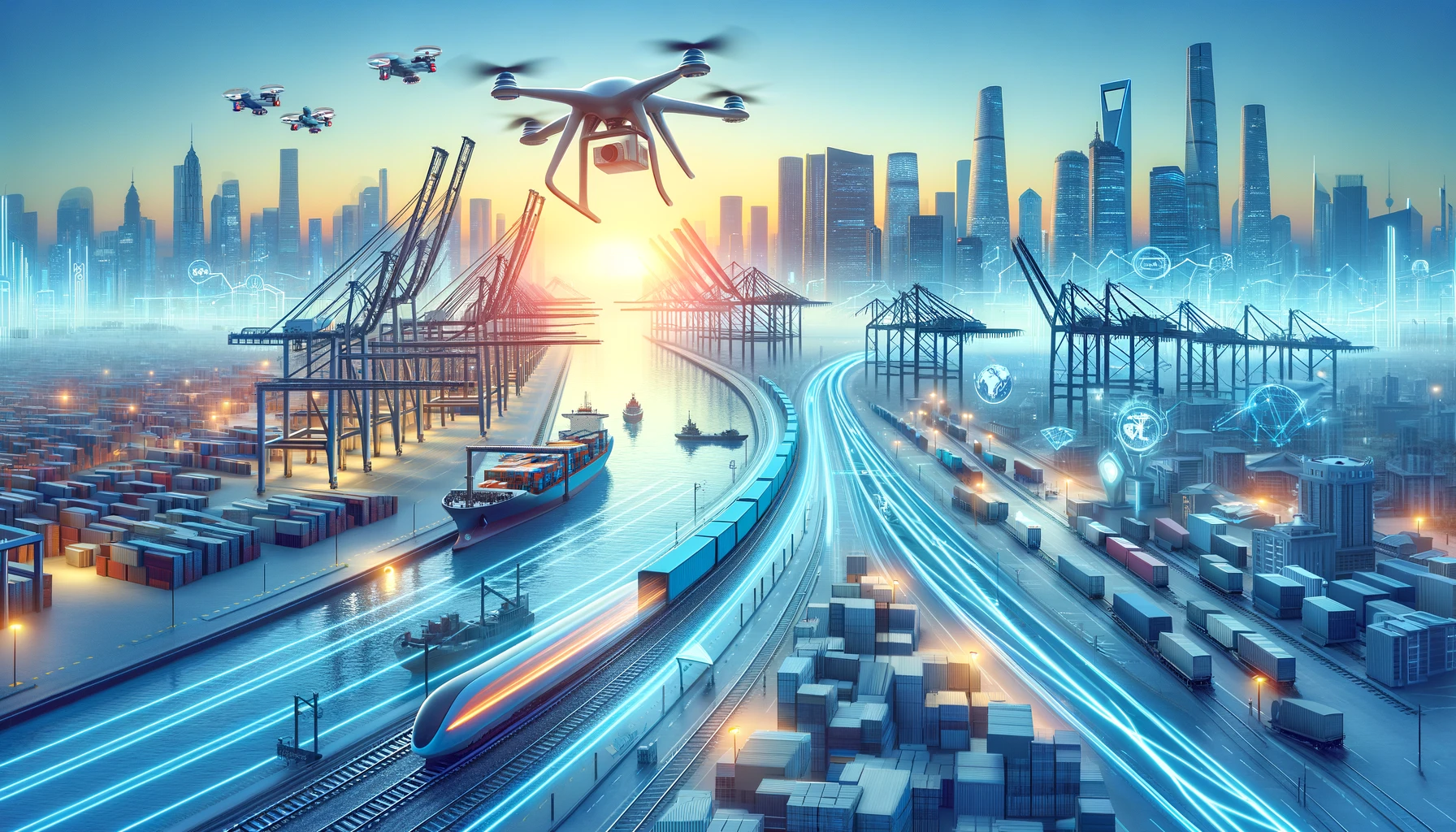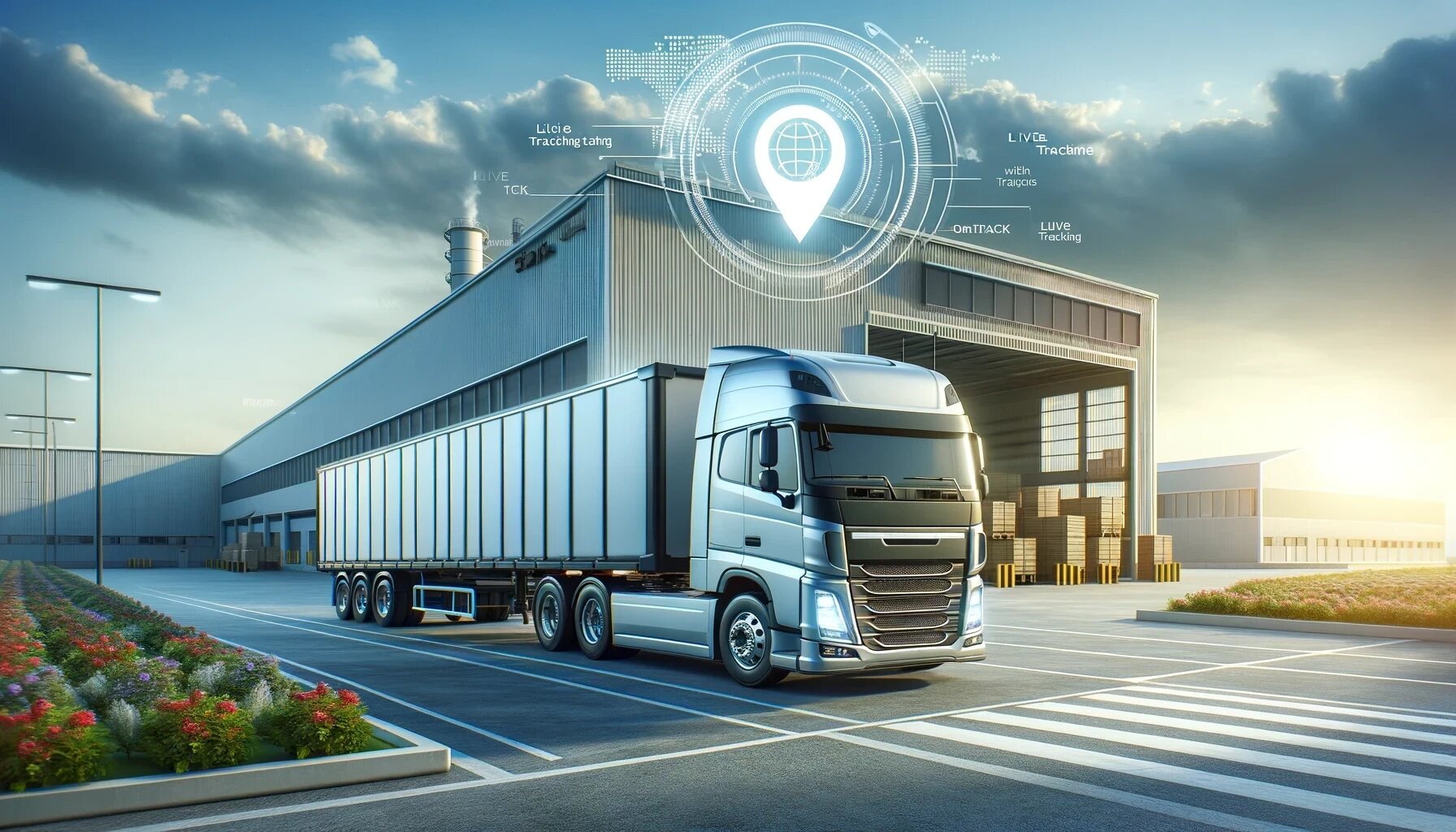
The economy today is completely different even compared to a few decades ago. Wireless technology has connected our society on a scale never before seen, and this is only increasing. As more and more people start using more and more interconnected devices, it’s also easier for businesses to connect with and engage their customers. This is certainly true of logistics as well, which has benefitted from wireless technology.
While instant communication is the most obvious advantage of today’s wireless connectivity, it certainly isn’t the only one. There are some significant impacts the march of technology has had on logistics, and we’ll be looking at some of them here.
End-to-End Visibility
One of the givens of connectivity is the sharing of information. What this means for logistics is that both shipper and customer always have an exact idea of where any order is at any point in time. This not only boosts trust and faith in the process, but also allows for swift and transparent incident resolution. If there are any inefficiencies before or after dispatch, the logistics company can iron them out with some automated process. Meanwhile, the customer doesn’t have to contact the transporter anytime they want to see where their shipment is.
Wider Automation
Speaking of automation, the things we can automate are increasing by the day, enabled heavily by wireless connectivity. Autonomous vehicles are already on the road, and robots in our warehouses; both have proven to be big cost savers, but also depend on strong wireless infrastructure. As communication technology gets stronger, faster, and more robust, the scope of its applications will similarly increase.
Also Read: Looking For A Truck Booking App? Use Wahyd
Swifter and More Accurate Forecasts
With the decrease in latency and increase in bandwidth, the volume of data we’re getting from any one source in a span of time is more than it ever has been. With AI systems, analyzing this data allows businesses to make data-driven decisions quickly and with more confidence. Logistics companies can optimize their supply routes, or modify them on the fly as some unforeseen situation develops. They can also analyze past orders and study trends in order to make informed decisions regarding their fleet constitution, supply routes, business processes, and more.
Wireless technology is here to stay, and its potency as well as potential applications will only increase as time goes on. It would seem that its uses are limited only by our own imagination and by the time it will take to improve and adapt it.








